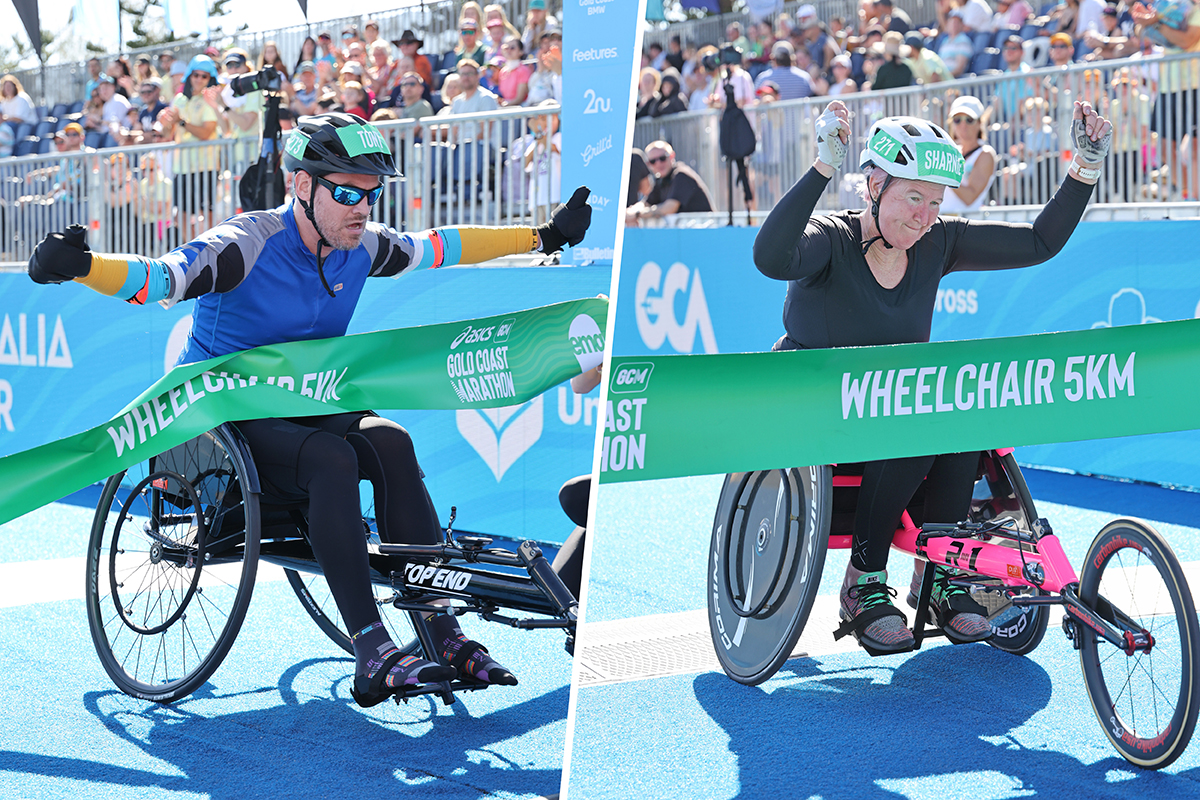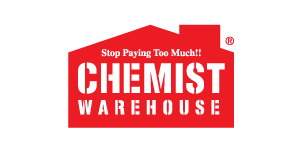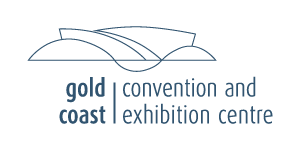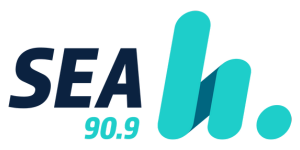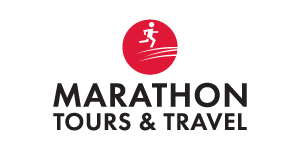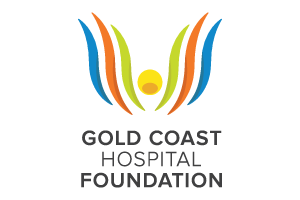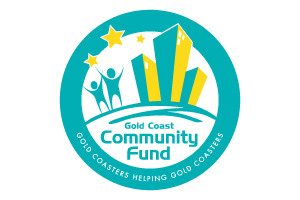In one of the most spectacular wheelchair race performances seen on the Gold Coast course, Victoria’s Sam Rizzo took the men’s 2025 Gold Coast Wheelchair...
How runners can overcome tight calves
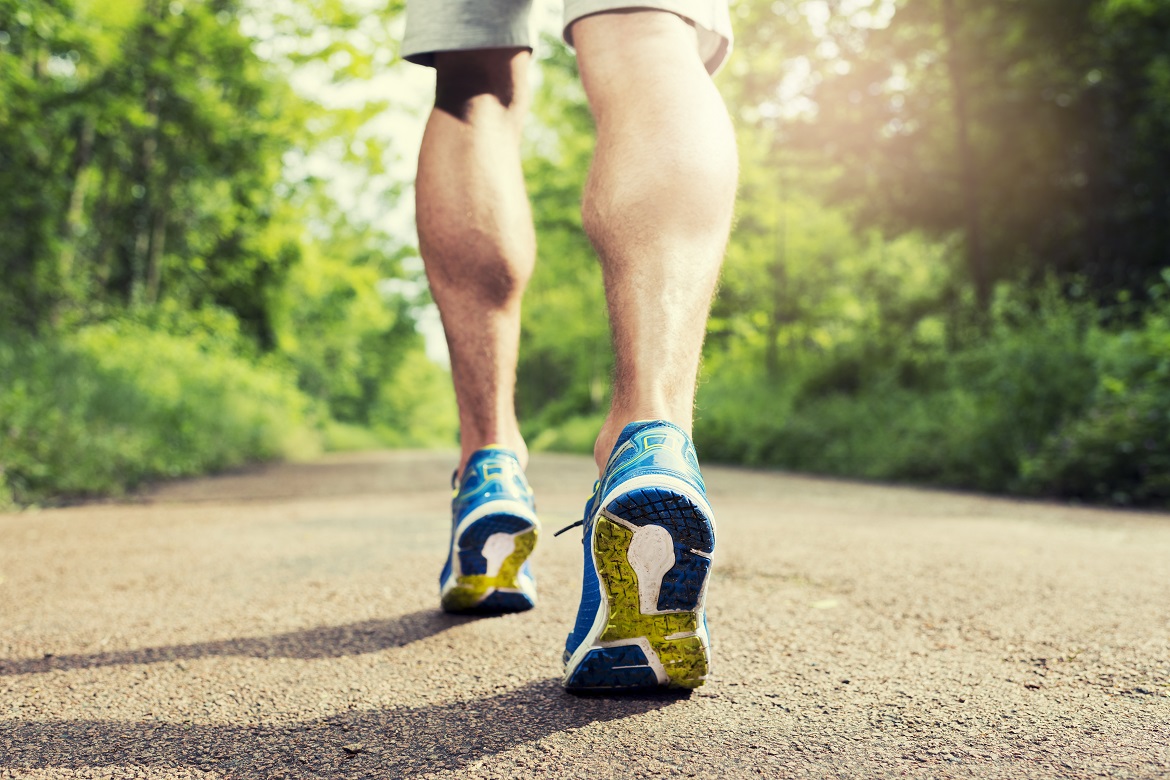 By Brad Beer
By Brad Beer
Runners experiencing recurring tight calves is one of the most common complaints I hear as a physiotherapist. I was made aware of the extent of the problem when I posted the following Facebook video in 2016. The video went viral. Within five hours it had over 13,000 views and more than 150,000 views after five days . To date, it has had over 217,000 views. Crazy. Tight calves are clearly a problem for runners.https://www.facebook.com/bradbeerphysio/videos/1200986453278811/
What runners with tight calves typically say:
Runners will often tell me with great frustration:
- I am stretching all the time, I just don’t get it, they won’t go away.
- I’m using my foam roller all the time and they still feel tight.
- I’m getting regular massage work and I can’t seem to get on top of it.
There’s more to it than just this exercise
If you use the above full foam roller exercise as the only solution to tight calves, you may feel therapeutically better, but it may not be enough to fix your problem. After helping hundreds of runners over the years get on top of recurring tight calves, I have learnt that strength is more important than stretching or time spent on the foam roller.
The importance of strengthening your calves
A high level of strength in both calf muscles (gastrocnemius) and the underlying soleous muscle is required to improve recurring calf tightness. I often advise clients that ‘tight calves are weak calves’. When runners hear this I know that they are often not ‘sold’ on the concept and question what I mean. Their initial skepticism is further heightened when I advise them to stop stretching all together and instead divert their energy into these two strengthening exercises.0
Two key calf strength exercises
The exercises runners wishing to address recurring calf tightness are:
1. Single leg calf raises
Instructions:
- Start with 3×13 reps
- Progress to 3x20 reps
- Then 1×30 continuous reps
- Then 1×50 continuous reps
- Progress further by adding weight (e.g. dumbbells in one hand) or inside a calf raise machine or smith rack at the gym. Watch this video on how to rehab the achilles tendon.
- Be sure to take three seconds per rep and push through the first and second toes (as opposed to rolling on to the outside of the foot).
- Be careful not to rock your body weight forwards and backwards generating momentum as you fatigue or flex (bend) the knee.
I used to instruct runner to complete 30 calf raises but now 50 is the goal*. Our calf muscles are a key propulsive element of our running, generating the last bit of force at the time of toe-off during the gait cycle.
*I find this is critical if you are aiming to run the ASICS Half Marathon or the Gold Coast Airport Marathon.02. Soleous wall squats
Strengthening of the soleous is often ignored. Failure to strengthen the soleus with an effort on the gastric muscles (Exercise 1) can result in ongoing feelings of tight calves.
Instructions:
- Start with 30s holds 3-4 reps
- Progress to 45s holds 3-4reps
- Add weight using dumbbells in both hands to progress further
0
Calf Release Exercise
3. Full foam roller sit
I stumbled on this one day when I felt like I needed to trigger my calf muscles but felt too lazy to use the typical method of overlapping my extended legs out in front of me on the full foam roller. Instead, I thought, 'What would happen if I just sat on the full foam roller and shifted my weight gently side to side?'. It felt effective and so I posted it on my running.physio Facebook page and it went viral.
Rather than stretching, try this foam roller exercise if you feel like you need to do something about your tightness.
Instructions:
- Aim for 1-2mins or as long as you feel you need (4-5mins max).
- Gently press your body-weight from one side to the next. If you have a long full foam roller, you can lever the edges down with your hands. If it's a short full foam roller, you can just ‘rock’ your body weight.
One added bonus of this is the stretch you feel at the front of your ankles and the tops of your feet. These structures are rarely mobilised or stretched out.0
How often should you do these exercises?
Try the above three exercises if you feel like your calves are repeatedly tight. Completing them should be in proportion to:
- The amount of running you are doing. The more you are running the more frequent these exercises can be completed.
- The intensity of tightness you are feeling. If you feel a high level of tightness, complete the exercises more frequently e.g. 4 - 5 times per week as opposed to 1 - 2 times per week.
While a deficit of strength and associated endurance of the gastrocnemius and soleus muscles is typically the key driver of recurring calf muscle tightness, a runner will also need to consider other potential contributing factors outlined below.

Source: Page 63, You CAN Run Pain Free! A Runner’s 5 Step Guide to Enjoying Injury-Free and Faster Running
Other potential contributing factors that can cause recurring calf tightness include:
- Cadence (over-striding running technique): One of many adverse effects of over-striding can be the substantially greater impact force on landing compared to one who runs with a quick cadence resulting in less impact loading of all lower limb structures. Learn more: Technique Principal 1: Running Cadence.
- Runner’s frame (or body) weight: Surplus frame weight can create tightness due to the excessive loads being placed on the hard working calves at the the time of impact (shock absorption) and also the time of propulsion generation during toe-off. Learn more: The Role That Body Weight Plays in Injury Onset.
- Footwear: Shoes that have lost their shock absorption abilities can create adverse loading at the time of impact on all lower limb structures including the calves. Learn more: Which Running Shoes Should I Buy.
- The strength of the rest of the kinetic chain that includes the hips and ‘core’. Learn more about fundamental hip strengthening exercises: 4 Must Know Running Strength Exercises.
0
Struggling with recurring calf strains?
If you’re a runner struggling with recurring calf strains, as opposed to calf tightness, strengthening as outlined in exercises 1 and 2 can also be key to improving your injury pattern. Learn how to improve recurring calf strains: Say Goodbye to Recurring Calf Strains.0
About Brad
0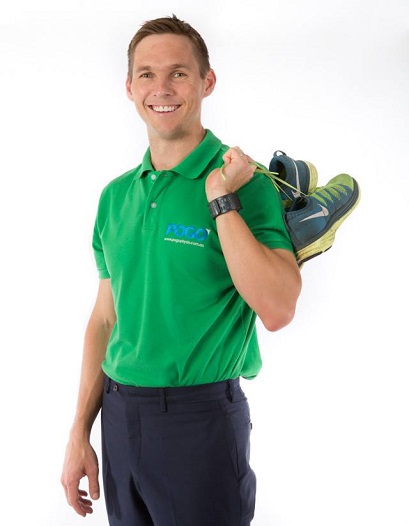 Brad Beer is a Gold Coast based physiotherapist who throughout his career has delivered in excess of 25,000 physiotherapy consultations. In 2006, Brad founded a physiotherapy group called POGO Physio which, since inception, has treated over 16,000 people.
Brad Beer is a Gold Coast based physiotherapist who throughout his career has delivered in excess of 25,000 physiotherapy consultations. In 2006, Brad founded a physiotherapy group called POGO Physio which, since inception, has treated over 16,000 people.
Recognised as a leading authority on running injury prevention and rehabilitation, Brad himself is an avid runner and is passionate about seeing people unlock their true running potential.
Brad believes that all runners can and should experience pain and injury free running. In 2015 Brad released his first book You CAN Run Pain Free! A Physio’s 5 Steps to Enjoying Injury Free and Faster Running to educate runners that it is indeed possible to enjoy the many benefits of pain free running. Brad’s clients include age group, novice, beginner, and elite athletes. Brad has assisted his clients in winning multiple Australian, world, and even Olympic medals.
Follow Brad’s running advice online:
Wesite | bradbeer.com.au
Facebook | running.physio
Twitter | @Brad_Beer
Instagram | @Brad_Beer



